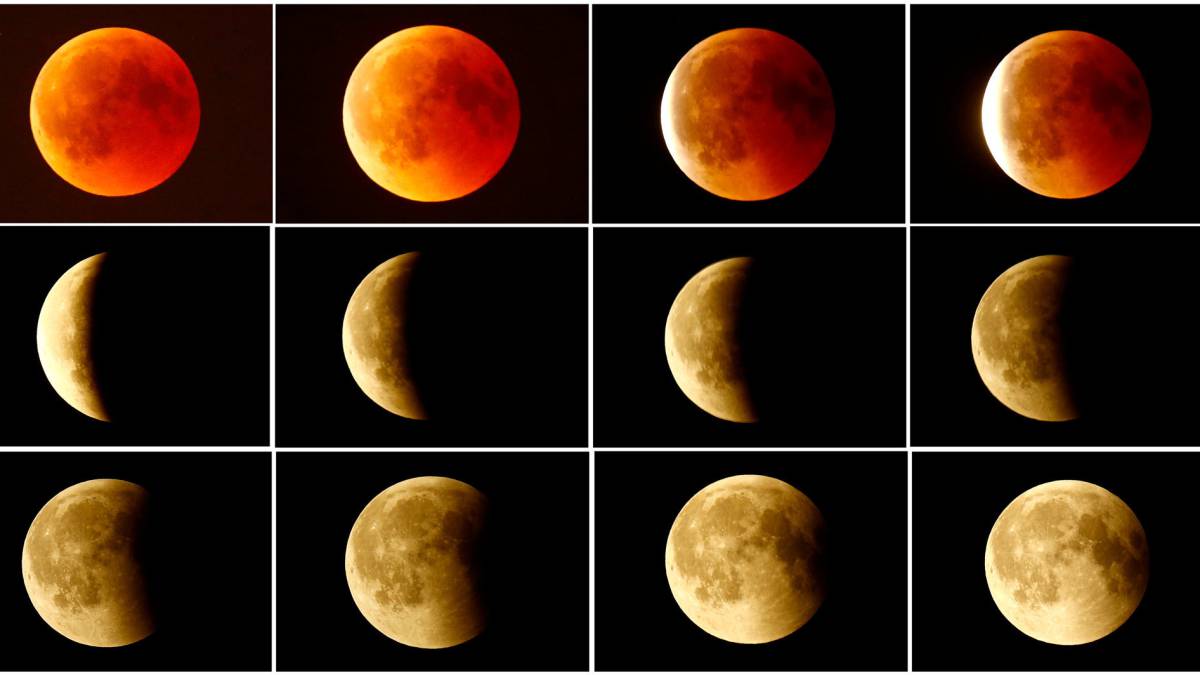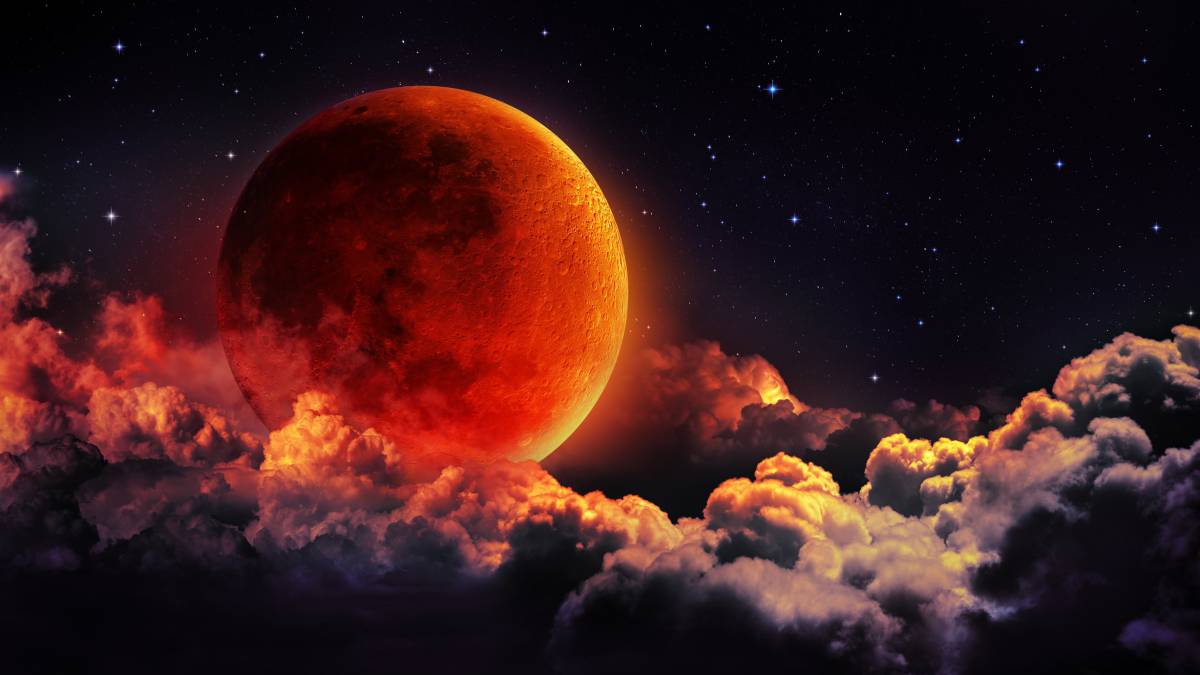

Joe Rao serves as an instructor and guest lecturer at New York's Hayden Planetarium.
#Horario del eclipse lunar how to
If you live in the path of the penumbral lunar eclipse and want to take photos of it, be sure not to miss our guide on how to photograph a lunar eclipse.Īnd for tips on photographing the night sky in general, check out our guide on how to photograph the moon and our rundowns on the best cameras for astrophotography and best lenses for astrophotography. If you hope to take a look at the moon close-up during an eclipse or any other time, our guides to the best telescopes and best binoculars are a great place to start. This is, after all, a rather underwhelming event compared to more dramatic celestial spectacles like the rare hybrid solar eclipse that recently took place on April 20. If that is the case for you, don't fret too much. For the rest of the world, this event will happen during the daylight hours with the moon below the horizon, hence the eclipse will not be visible. For parts of Japan and New Zealand, the moon will set while still immersed in the penumbral shadow. The eclipse will also be visible from eastern Asia, Indonesia, Australia and southern New Zealand however, for these regions, the eclipse occurs after local midnight, so the calendar date will read Saturday (May 6). So, perhaps for about 45 minutes or so, centered on the time of the middle of the eclipse, those who know to look, may be able to discern a vague grayish or brownish smudge or stain concentrated toward the moon's upper rim. The moon will be passing through the southern part of the Earth's penumbra and its uppermost edge will miss touching the umbra by about only about 78 miles (126 km). Blue light has a shorter wavelength and is scattered more easily by particles in Earth’s atmosphere than red light, which has a longer wavelength.Penumbral lunar eclipse on May 5 Eclipse event Light travels in waves, and different colors of light have different physical properties. The same phenomenon that makes our sky blue and our sunsets red causes the Moon to turn red during a lunar eclipse. Why does the Moon turn red during a lunar eclipse?
#Horario del eclipse lunar series
NASA provides a monthly skywatching tips series that will highlight additional targets to focus on in between monitoring the eclipse. The Moon will be in the constellation Aries.

The whole Moon is in Earth’s penumbra, but again, the dimming is subtle. It will look as if a bite is being taken out of the opposite side of the lunar disk as before. If you want to take a photo, use a camera on a tripod with exposures of at least several seconds.Īs the Moon exits Earth’s umbra, the red color fades. Try binoculars or a telescope for a better view. The entire Moon is now in the Earth’s umbra. The part of the Moon inside the umbra will appear very dark. To the naked eye, as the Moon moves into the umbra, it looks like a bite is being taken out of the lunar disk. Penumbral Lunar Eclipses are not visible to the naked eye hence no rituals related to Chandra Grahan should be observed. The Moon begins to enter Earth’s umbra and the partial eclipse begins. The Moon begins to dim, but the effect is quite subtle. The Moon enters the Earth’s penumbra, the outer part of the shadow. You can also visit NASA’s Dial-a-Moon for a visualization of the eclipse. Join in online: Live Stream the November 8 Lunar Eclipse Credit: NASA Goddard Space Flight Center/Scientific Visualization Studio What if it’s cloudy or I’m not in the viewing region? The map is centered on 168★7'W, the sublunar longitude at mid-eclipse. Contours mark the edge of the visibility region at eclipse contact times. Viewers in Alaska and Hawaii will have the opportunity to see every stage of the eclipse.Ī map showing where the Novemlunar eclipse is visible. The eclipse is also visible in Asia, Australia, and New Zealand. In Puerto Rico, the Moon sets just after totality begins.

Totality ― the stage of the eclipse where the Moon is entirely in Earth’s shadow ― will be visible across North and Central America and in Ecuador, Colombia, and western portions of Venezuela and Peru. A dark environment away from bright lights makes for the best viewing conditions. You don’t need any special equipment to observe a lunar eclipse, although binoculars or a telescope will enhance the view and the red color.

Lunar eclipses are sometimes called “Blood Moons” because of this phenomenon. When the Moon is within the umbra, it will turn a reddish hue. In a total lunar eclipse, the entire Moon falls within the darkest part of Earth’s shadow, called the umbra. The last total lunar eclipse for three years occurs on November 8, 2022, with the next occurring on Mathough we will continue to see partial and penumbral lunar eclipses during that time.Ī lunar eclipse occurs when the Sun, Earth, and Moon align so that the Moon passes into Earth’s shadow. What’s special about November’s lunar eclipse?


 0 kommentar(er)
0 kommentar(er)
